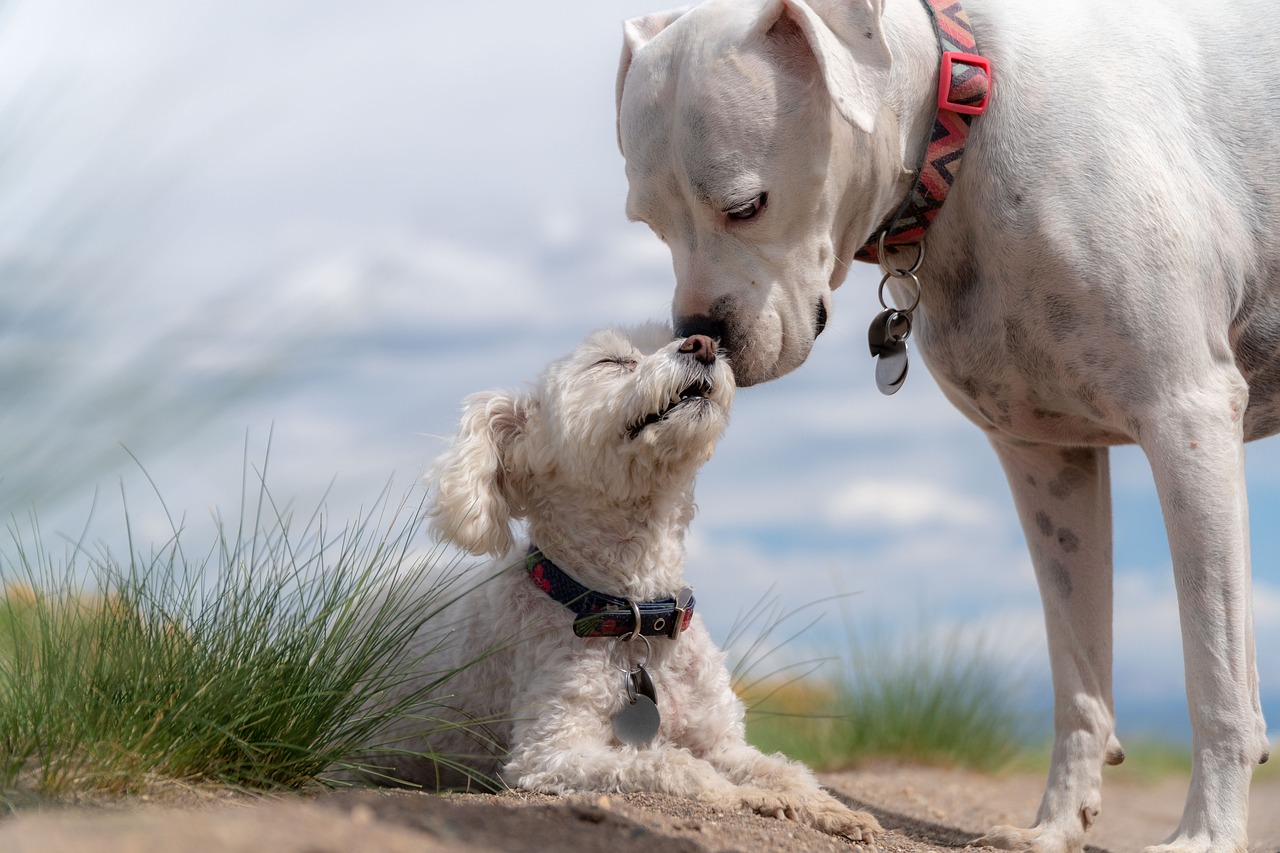Pets have an uncanny ability to make our lives brighter. Whether you’re a dog lover, a cat enthusiast, or you prefer a more exotic companion, understanding your pet’s psychology can deepen the bond you share. In this article, we will delve into the intriguing world of pet psychology, exploring the minds of our furry friends.
Understanding Pet Psychology
Before we embark on this fascinating journey, let’s define what pet psychology is. Pet psychology is the study of animal behavior, cognition, and the emotional world of pets, particularly dogs and cats, who share our homes.
The Canine Perspective
Dogs, often considered man’s best friend, possess a remarkable ability to communicate and emote. Understanding their world is crucial to strengthening your relationship with them.
How Dogs Communicate
Dogs communicate through a combination of body language, vocalizations, and scent. Tail wags, ear positions, and the pitch of their barks all convey different messages. By observing these cues, you can better understand your canine companion.
Emotional Intelligence in Dogs
Dogs exhibit a wide range of emotions, from joy and excitement to fear and anxiety. Their ability to sense our emotions and react accordingly is a testament to their emotional intelligence.
The Feline Mind
Cats, on the other hand, are enigmatic creatures. They have a unique way of expressing themselves, which often leaves us intrigued.

Cat Behavior and Communication
Cats communicate through body language, meowing, purring, and even their choice of resting spots. Their subtle cues provide insights into their moods and desires.
The Enigmatic World of Cats
Cats are known for their independence and mysterious behavior. Understanding their psychology can help bridge the gap between human and feline worlds.
Human-Animal Bond
The connection between humans and their pets goes beyond companionship. It’s a profound bond built on trust, love, and understanding. Exploring pet psychology can strengthen this connection.
Factors Influencing Pet Psychology
The interplay between nature and nurture plays a crucial role in shaping your pet’s behavior and personality.
Nature vs. Nurture
While genetics provide a foundation, environmental factors, such as early socialization and experiences, can mold your pet’s temperament.
Socialization
Exposing your pet to different environments, people, and animals during their formative stages can help reduce fear and anxiety, creating a well-adjusted companion.
The Role of Training
Positive reinforcement and behavior modification techniques are powerful tools to shape your pet’s behavior and teach them new skills.
Positive Reinforcement
Reward-based training methods, where good behavior is rewarded, can be highly effective in teaching your pet desired behaviors.
Behavior Modification
Addressing problematic behaviors through behavior modification can improve your pet’s quality of life and overall well-being.
Pet Psychology and Health
Understanding your pet’s psychology is not just about enhancing your bond; it also has a significant impact on their health and well-being.
Stress and Anxiety in Pets
Pets, like humans, can experience stress and anxiety. Identifying the signs is crucial to providing them with a safe and comfortable environment.
Identifying Signs
Signs of stress in pets may include excessive grooming, aggression, or withdrawal. Recognizing these signs early can lead to prompt intervention.
Mitigating Stressors
Reducing stressors in your pet’s environment, such as noise, changes in routine, or introducing them to new experiences gradually, can alleviate anxiety.

Emotional Support Animals
Some pets play a vital role in their owner’s mental health by offering emotional support. These animals undergo specific training to provide therapeutic benefits.
Understanding Pet Emotions
Your furry friend experiences a range of emotions, just like you do.
Joy and Happiness
Pets express happiness through tail wags, purring, and playful behavior. Their joy is contagious and can brighten your day.
Fear and Anxiety
Understanding your pet’s fears and anxieties is essential for providing a nurturing environment. Helping them overcome these emotions fosters a secure and loving relationship.
Conclusion
Delving into the world of pet psychology reveals that our furry friends are not just animals; they are sentient beings with emotions and needs. Understanding their psychology can lead to a more fulfilling and enriched relationship with your beloved pet.
FAQs: Unlocking the Secrets of Pet Psychology
- What is pet psychology?
- Pet psychology is the study of animal behavior, cognition, and the emotional world of pets, primarily dogs and cats.
- How do dogs communicate?
- Dogs communicate through a combination of body language, vocalizations, and scent, including tail wags, ear positions, and barks.
- Why is socialization important for pets?
- Socialization exposes pets to various environments, people, and animals during their formative stages, reducing fear and anxiety and creating a well-adjusted companion.
- What is positive reinforcement in pet training?
- Positive reinforcement is a training method that rewards good behavior, encouraging desired behaviors in pets.
- How can I reduce stress and anxiety in my pet?
- Identifying signs of stress, reducing stressors in the environment, and providing a nurturing atmosphere can help mitigate stress and anxiety in pets.







